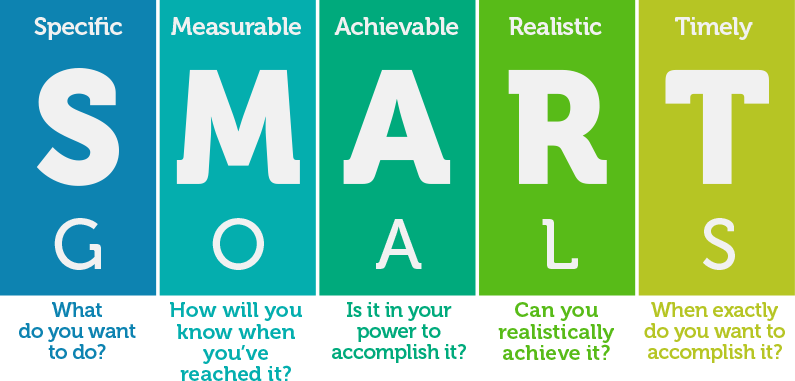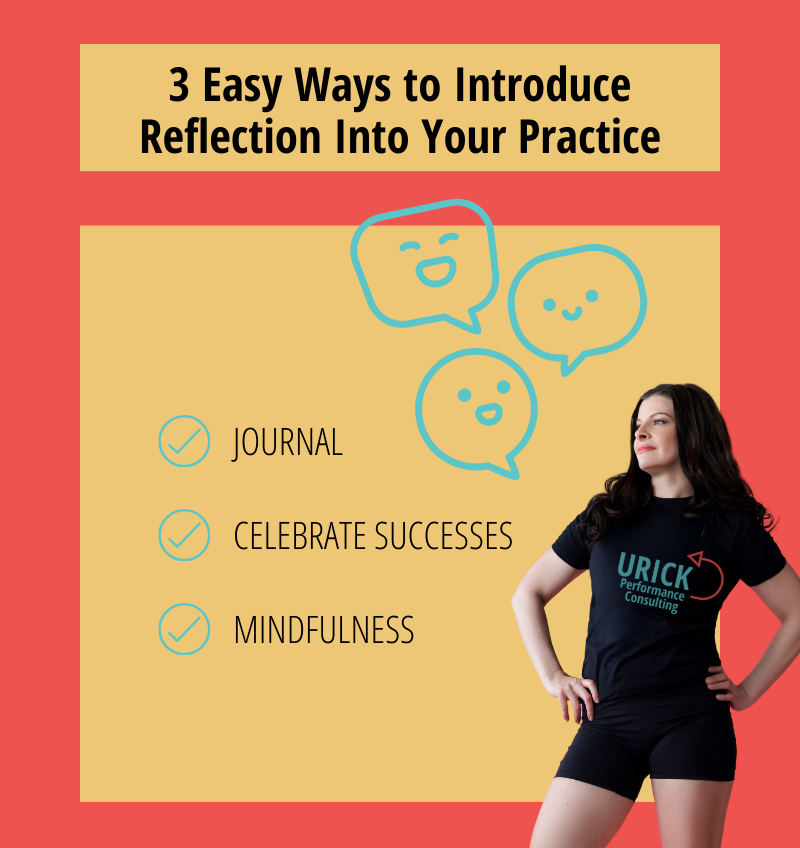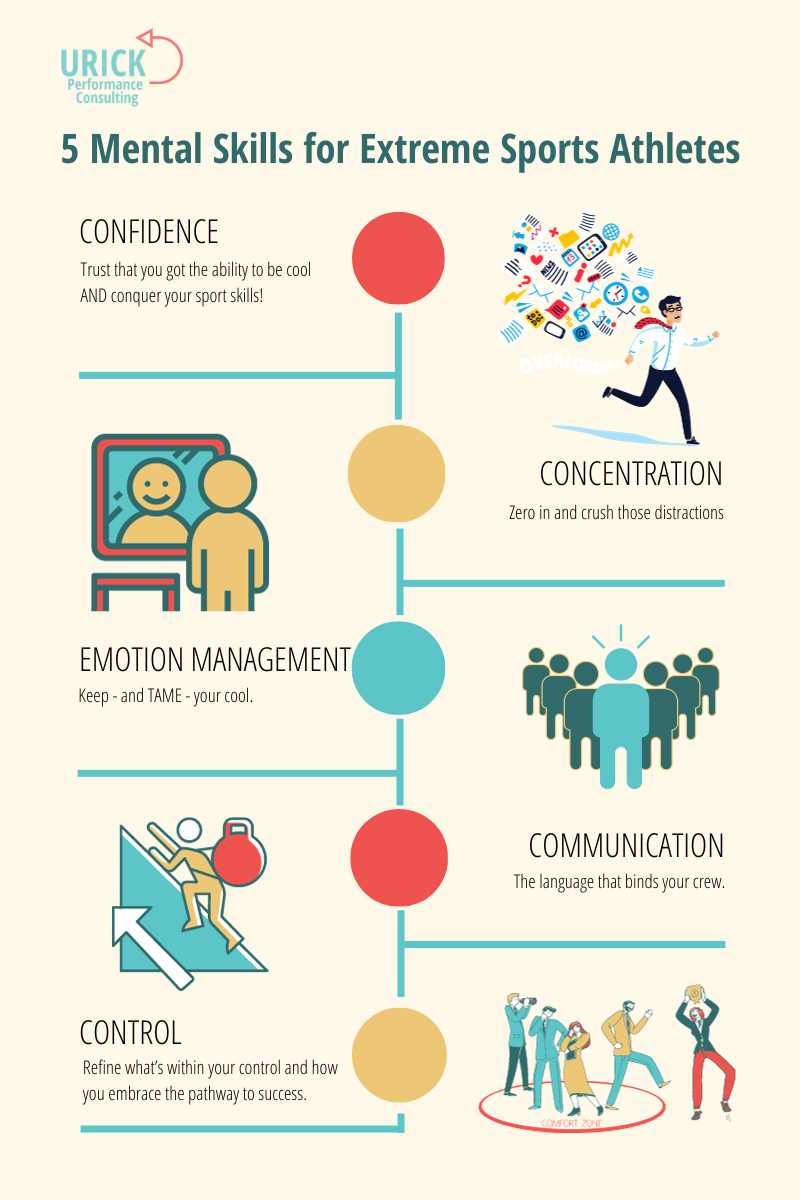Hey, I’m Mel!
LET’S BRING JOY TO YOUR ATHLETIC PURSUITS!
I coach non-traditional athletic folks on how to change the impact of their sport participation, by helping to build awareness around your mental performance, refocus your mental game, and prepare you to thrive in an authentic and confident way.
I HELP WEIRDOS IN WEIRD SPORTS FIND JOY THROUGH SPORT PARTICIPATION (hello, fellow weirdo!).
WHAT EVEN IS MENTAL SKILLS TRAINING?!
Let’s work together to maximize your mental game – and develop a mental training program with your needs, your lifestyle, and your sport in mind. There is no one-size-fits-all!
(And sorry, there is no life hack.)
Have Any Questions?
mel@melindaurick.com

SERVICES
Sport Psychology Services

1:1 Consulting
Virtual 1:1 mental skills consulting for athletes of all backgrounds – I specialize in DIY and non-traditional sport

Group Clinics
Contact me with your sport and sport psychology topic of choice for a tailored session for your group

Accountability Partner/Groups
Monthly group sessions with a mental performance specialist (that’s me!)

Sleep, Stress Management, & Recovery Coaching
Let’s tap into your super powers – before you reach burnout

ABOUT ME
HEY, I’M MEL.
I’m a mental performance specialist located in Des Moines, Iowa. My mental skills work is focused on one-on-one online sessions, helping athletes realize their full potential, with a program that complements and supports their existing training schedule. I believe that sport is for everyone, and I believe that ALL athletes can use and benefit from mental training – no matter what level or experience or type of sport you play.
Let me be your Accountability Partner!


Masters in Sport Psychology

Multi-sport Athlete

Expert in Athlete Burnout

Work rooted in research & science
THE WORK
Who I Work With
I provide mental skills training to athletic folks who participate in non-traditional or alternative sports, and with women in traditionally-male sport spaces.
Through mental skills training, I will help you unlock your confidence and work through mental blocks, so that you will be able to experience joy, playfulness, success, and fulfillment in your sport again.
I work with athletes at all levels of sport – competitive spirit, recreational, DIY, competitive, elite, and masters. If you consider yourself an “outlier” due to age or gender or otherwise, feel frustrated by others telling you you’re not “a real athlete” (lolz, whatever, dude), or need to explain what your sport is to everyone you meet, we’re probably the right match!
**Please note: I am no longer taking clients under the age of 16.**
250+
HOURS OF 1:1 WORK
2020
RECEIVED MY M.A.
100%
WEIRDO

Alternative Sport Athletes
YES, mental skills training is for ALL athletes!

DIY Sport
Athletes
Be confident & PREPARED in your sport

Non-traditional Athletes
Individualized work for YOUR sport & experience

All Weirdos in Weird Sports
Experience more JOY from participating in sport

Mel challenged me to make my internal motivators the real drivers behind what I do and the goals I set.

Athlete
Happy Client

At the end of our sessions I felt prepared to make my mental training a more important part of my story as an athlete.

Athlete
Happy Client
TESTIMONIALS
What other athletes (like you!) say:
If you participate in sport, you use mental skills – for better or for worse – and you need a mental training plan.
NEWS
Latest News & Blog
-

NEW OFFERING: 2025 Goal Setting Package
Read more: NEW OFFERING: 2025 Goal Setting PackageThis one’s for athletes who want to get a jump-start…
-

Setting up for a New Year: The Power of Reflective Practice
Read more: Setting up for a New Year: The Power of Reflective PracticeAs the new year approaches, athletes typically set ambitious goals…
-

Game-Changing Mental Mastery: 5 Types of Mental Skills for Extreme Sports Athletes
Read more: Game-Changing Mental Mastery: 5 Types of Mental Skills for Extreme Sports AthletesWe’re diving into the high-octane world of mental skills, where…